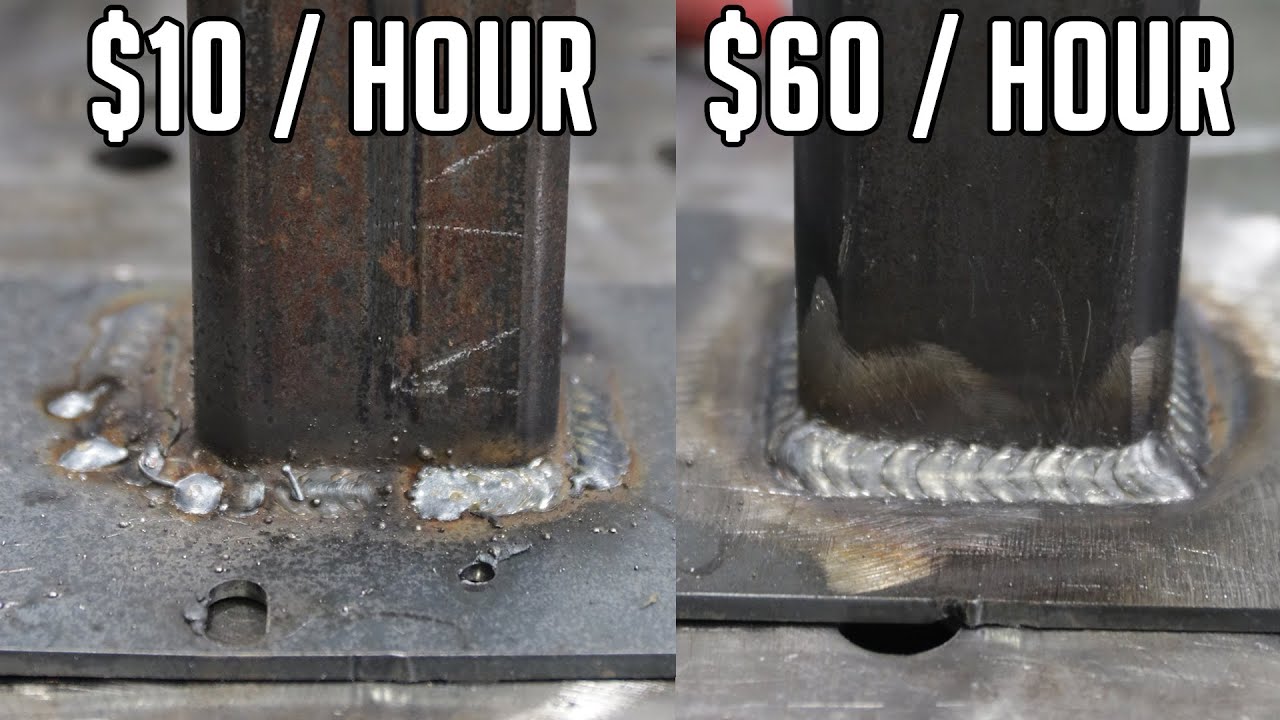Overview: Lean, bootstrapped path to cash flow
Launching a welding business on a tight budget demands discipline and a clear plan. The blueprint below focuses on practical steps to keep overhead low while hitting revenue fast. You’ll learn how to pick scalable equipment, estimate ROI, and win early gigs without overextending.
Choose scalable equipment
Start with modular, multi-process welders that cover MIG, TIG, and stick as needed. Evaluate power requirements, ventilation, fume control, and portability. For space-limited shops, prioritize combination machines and compact welding benches, plus a small, mobile fume extractor. Plan for future expansion by selecting systems with upgrade paths (additional wire feeders, spool guns, or automation options).
Example: a 2-3 weld-process unit plus a 4-6 workstation layout could scale to 1-2 operators quickly. Use standard clamps, carts, and a shared stock of consumables to reduce setup time.
Estimate ROI and cash flow
ROI for a welding shop is driven by utilization rate, billable hours, and equipment efficiency. A simple way to model is: Net Monthly Profit = (Billable Hours times Avg Rate) minus Overhead. Payback period = Initial Investment / Net Monthly Profit.
Example numbers (illustrative): Initial gear and setup = 60000. Monthly gross income potential = 15000. Overhead (rent, consumables, insurance, utilities) = 5000. Net monthly profit = 10000. Payback is about 6 months. Adjust inputs to reflect your market and contracts.
To improve ROI, pursue high-margin subcontracting, avoid underbidding, and minimize idle equipment via efficient scheduling and maintenance.
Win early gigs with a lean approach
Target small fabrication shops, municipal projects, and maintenance contracts that value quick turnarounds and reliability. Build a simple, repeatable bidding process with standardized scope templates and a concise safety plan. Offer value-added services such as schedule acceleration, quality inspection, and on-site welding to differentiate yourself.
When you land a first contract, document the job with photos and a client testimonial. Reinvest profit into equipment upgrades that unlock more work rather than expanding headcount prematurely.
Financing, insurance, and safety compliance checklists
- Financing checklist: solid business plan, budget with contingency, lines of credit, vendor financing, and minimal upfront capital.
- Insurance checklist: general liability, workers’ comp (if you have employees), equipment coverage, and inland marine for tools and materials.
- Safety compliance checklist: PPE program, fire protection, fume ventilation, electrical grounding, MSDS records, and welding procedure specifications (WPS) on file.
Keep a living document of compliance tasks. A lean shop succeeds when safety processes are need-to-have, not nice-to-have, and when financing sources stay ready for a scaling move.
Operational playbook: process, workflow, and scale
Develop a simple, repeatable workflow: order intake, job scoping, welding execution, inspection, and delivery. Use standard operating procedures for common tasks to reduce cycle time. Schedule preventive maintenance for equipment, track consumables, and keep essential spares on hand. As demand grows, plan to add more bays or shift coverage, but only after the economics clearly justify it.
Practical tip: maintain a small, modular shop that can flex from 1 to 3 operators with minimal reconfiguration. This keeps cash flow steady while you validate demand.
Conclusion
With a bootstrapped mindset, a focused equipment plan, and tight financial controls, a new welding shop can reach cash flow quickly while maintaining quality. Start with small, scalable steps, and reinvest profits to grow capacity responsibly.



